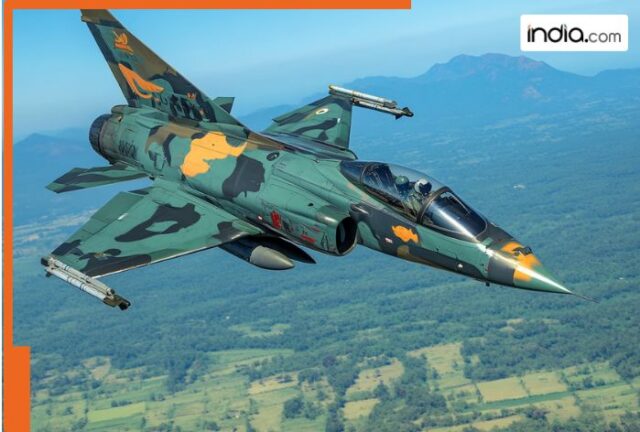The Indian Air Force already operates the Rafale, a 4.5 generation fighter jet. So let’s understand what makes the stealth technology of fifth-generation fighter jets so special.
New Delhi: The discussions around the fifth-generation fighter jets have intensified after the recent military confrontation between India and Pakistan. It is important to note that at present neither India nor Pakistan possesses the fifth-generation stealth fighter jets. Only three countries in the world—the United States, Russia, and China—have such fighter aircraft, known for their superior speed, strike capabilities, and advanced radar systems.
Pakistan is reportedly planning to acquire the J-35A jet from China by 2029. The J-35A jet is a fifth-generation combat aircraft. On the other hand, China already possesses such fighter jets, which is a major concern for India.
India is also preparing to give a fitting response to both Pakistan and China by initiating the development of its own fifth-generation combat aircraft. To fulfill this requirement, India is working on the Advanced Medium Combat Aircraft (AMCA), and its design has already been finalized.
The Indian Air Force already operates the Rafale, a 4.5 generation fighter jet. So let’s understand what makes the stealth technology of fifth-generation fighter jets so special.
Here are some of the key details:
- The United States, Russia, and China have already developed fifth-generation fighter jets.
- The United States has fifth-generation fighter jets like the Lockheed Martin F-35 Lightning II
- Russia has the Sukhoi Su-37 Felon
- China possesses a fifth-generation fighter jet called the J-20 Mighty Dragon.
- If India wants to stay competitive in this race, it must also include fifth-generation fighter jets in its Air Force fleet.
The biggest feature of fifth-generation fighter jets is their stealth technology. This technology allows these aircraft to stay hidden from radar detection. Thanks to this technology, fifth-generation jets can evade radar. These planes are specially designed so that radar signals bounce off them in different directions, confusing the enemy.

















































